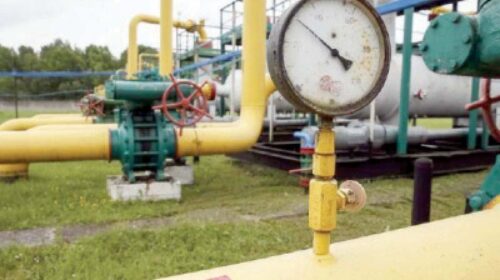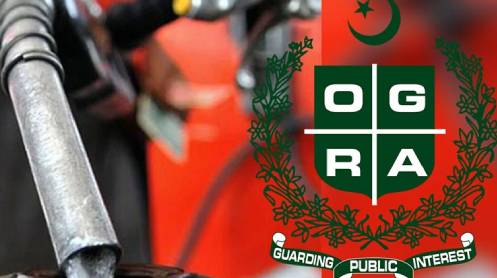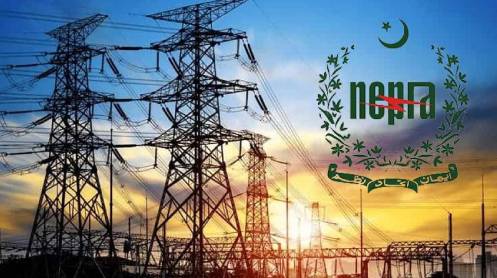As the gas crisis worsens due to non-availability of required LNG in the winter season, CNG stations in Punjab and K-P will dry up from November 2022 to March 2023.
While the government is required to import 12 LNG cargoes every month, Pakistan LNG Limited (PLL) has not been able to import LNG and therefore, the country will have 10 LNG cargoes in December whereas in the remaining months, there will be nine LNG cargoes available each month. This will leave gas utilities no choice but to cut 50% supply of gas to captive power plants due to reduced LNG import cargoes.
There will be no LNG available for CNG stations in Punjab and K-P during the winter season. Punjab has also been suffering from a gas crisis due to low indigenous gas production.
Government officials said that there would be no cut in gas supply to the fertiliser sectors on the Sui Northern Gas Pipelines Limited (SNGPL) system. There will be a constant supply of gas for the domestic sectors as the government does not plan to slash supplies due to the potential political backlash this might provoke.
Following the directions of the federal government, SNGPL has been selling Re-Gasified Liquefied Natural Gas (RLNG) to various subsidised sectors including fertiliser manufacturers, export-oriented consumers and the domestic sector.
SNGPL receivables from the government, against subsidies on RLNG, stand at Rs199 billion to date. Due to the subsidised tariff, SNGPL’s ability to pay RLNG suppliers i.e., PSO and PLL, has been badly impacted. Currently, payable amounts to PSO and PLL have increased to Rs284 billion and Rs135 billion, respectively.
The power sector pays in full but its receivables have increased to around Rs115 billion, leading to considerable delays in payments to suppliers.
With respect to system/natural gas of SNGPL, receivables stand at over Rs400 billion while those of Sui Southern Gas Company (SSGC) are approximately Rs300 billion.
SNGPL had informed the government that the biggest issue remains the fact that 90% of domestic consumers fall in the first two subsidised slabs.
In order to safeguard the RLNG supply chain, gas utilities have asked the government to provide an upfront subsidy to end-consumers or ensure full price recovery through revision in the sale price.
The sale price will need to be increased to approximately Rs1,722/mmbtu to recover the entire accumulated receivables in one year, which will again come down to around Rs900/mmbtu in subsequent years.
Gas utilities have said that in the last seven years, all plans to increase the price in a staggered manner have remained unimplemented and may not be advisable.
The government and Sui companies are very keen to open up the gas market to third parties as the establishment of new LNG terminals is critical to meet the country’s gas requirements in the long run.
Currently, there are two LNG terminals operational with a total regasification capacity of 1,200 mmcfd. However, they are not being fully utilised.
Around 900 mmcfd LNG is imported through long-term contracts whereas the remaining 200-300 MMcfd is to be procured from the spot market. However, LNG importers are unable to procure spot cargoes owing to the heavily inflated market.
Instead of spending massive funds on new projects, the PGPC terminal can easily be extended from 600 to 900 mmcfd upon modification. With a bigger FSRU at the Engro terminal, its regasification capacity can also be increased considerably.
SNGPL has been diverting RLNG to domestic and commercial sectors, pursuant to ECC’s decision and government directions, to provide continuous gas supply to high priority sectors.
LNG diversion to domestic consumers has continued since indigenous supplies have declined. An estimated Rs108 billion has been accumulated thus far as a receivable on account of RLNG diversion.
The gas utilities have asked the government to pursue the Pakistan Stream Gas Pipeline (North-South Pipeline). The existing transportation capacity of 1,200 mmcfd from Karachi to North, which can be enhanced to 1,900 mmcfd, will still be insufficient to meet demand during higher consumption periods.
Gas utilities contend that the North-South pipeline is therefore imperative to meet the energy requirements of the country.
Similarly, they have urged the government to complete TAPI or IP pipeline projects, as this will result in additional gas volumes at cheaper prices.





